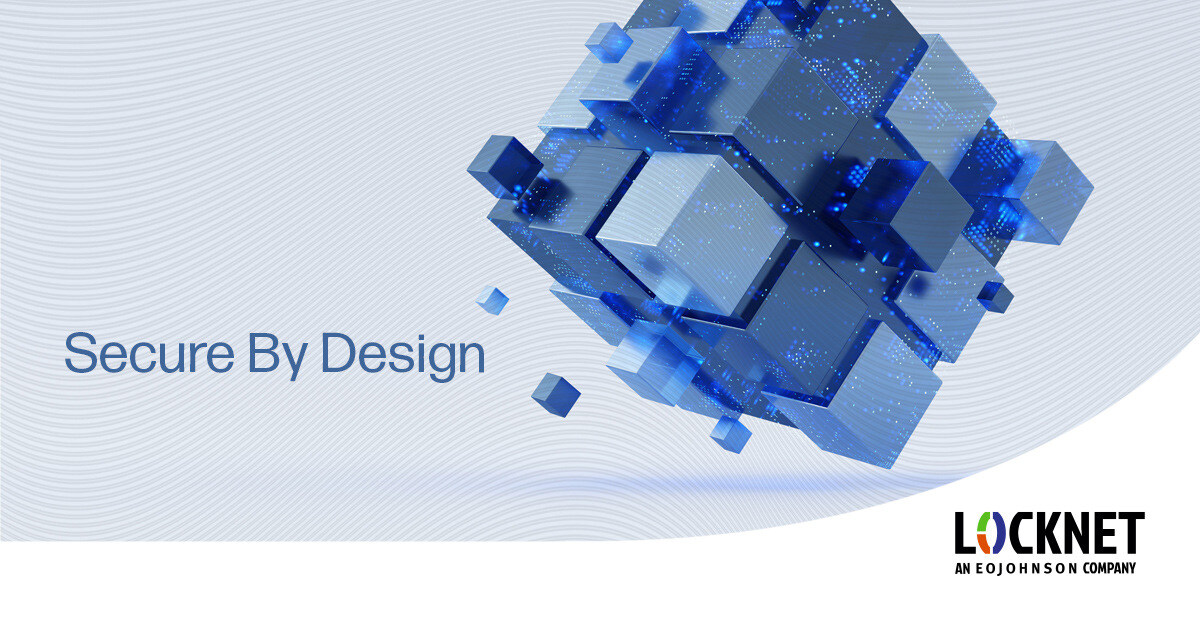Industries We Serve
World Class IT Support & Service
Real People. Right Now.
About Locknet® IT Services
From the first hello, the Locknet® team is dedicated to serving you and your needs.
Real People. Right Now.
From the first hello, the Locknet® team is dedicated to serving you and your needs.


Cyber threats are becoming more sophisticated and pervasive, so the need for secure software development practices has never been more critical. The concept of "secure by default" is emerging as a new standard in the industry, a shift that reflects the growing importance of integrating security at the core of software design and development. This approach is not just a trend but a necessity, as it aims to build security into the software from the outset rather than treating it as an afterthought. We help define "secure by default", why it is essential, and how it impacts the broader landscape of cybersecurity.
"Secure by default" refers to the principle of designing and developing software with security as a fundamental requirement. This means that the software is built with security controls and best practices in place from the ground up, ensuring that it is resistant to common vulnerabilities and exploits. The goal is to create software that is already secure by design, without requiring additional configuration or modifications by the end-user to achieve a secure state.
In more practical terms, "secure by default" means:
The importance of "secure by default" cannot be overstated, particularly in a landscape where cyberattacks are becoming more frequent, sophisticated, and damaging. Here are some key reasons why this approach in software development is crucial:
One of the primary benefits of "secure by default" is that it promotes a proactive approach to security. Traditional software development often treats security as an afterthought, something to be added in during the final stages of development or even after the software has been released. This reactive approach leaves software vulnerable to exploitation during the time it takes to identify and patch security weaknesses.
By embedding security into the development process from the start, "secure by default" reduces the likelihood of vulnerabilities being introduced in the first place. This proactive stance is critical in preventing breaches and minimizing the impact of potential attacks.
Human error is one of the leading causes of security breaches. Whether it's a misconfigured setting, a failure to apply security updates, or the use of weak passwords, mistakes made by users can have serious consequences. "Secure by default" mitigates some of the human error by ensuring the software is secure in its default state. This means that even if users do not take additional steps to secure their software, they are still protected against several common threats.
In a world where data breaches and security incidents are regularly making headlines, user trust is more important than ever. Users want to know that the software they are using is secure and that their data is protected. By adopting a "secure by default" approach, software developers can provide this assurance to their users, building trust and loyalty.
Many industries are subject to stringent regulations and standards regarding data security and privacy. "Secure by default" can help organizations meet these regulatory requirements by ensuring that their software is designed to protect data and mitigate security risks from the outset. This can simplify the process of achieving and maintaining compliance with relevant laws and standards.
Addressing security issues during the development phase is far more cost-effective than trying to fix vulnerabilities after the software has been released. The cost of a data breach can be astronomical, not only in terms of financial losses but also in terms of damage to reputation and loss of customer trust.
As cyber threats continue to evolve, the need for secure software development practices will only become more pressing. "Secure by default" represents a paradigm shift in how we approach software security, moving away from the reactive, bolt-on approach of the past and towards a more integrated, proactive strategy.
For software developers, this means embracing security as a core component of the development process, from the initial design phase through to deployment and beyond. For users, it means greater peace of mind, knowing that the software they rely on is designed with their security in mind.
As a Managed Security Service Provider, we stay abreast of the latest trends in software security and build layered security into every aspect of our clients’ managed IT services. If you have questions, we’re here to help.
Managed IT

Onalaska, WI Waterloo, IA Wausau, WI Eau Claire, WI Burnsville, MN
You are now leaving locknetmanagedit.com. Please check the privacy policy of the site you are visiting.